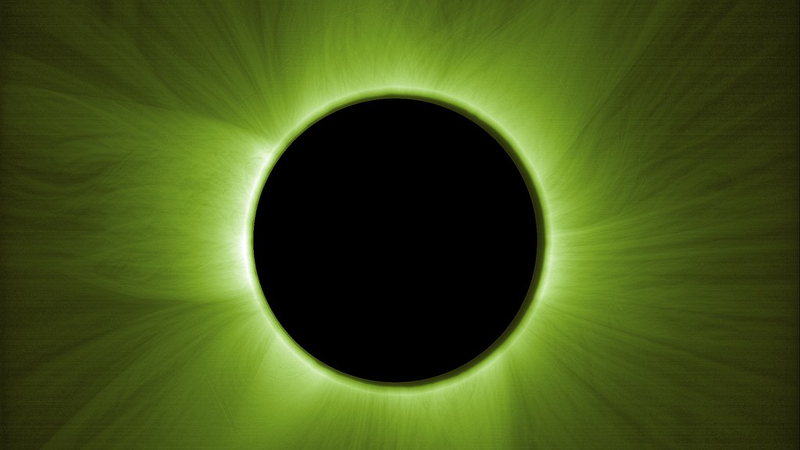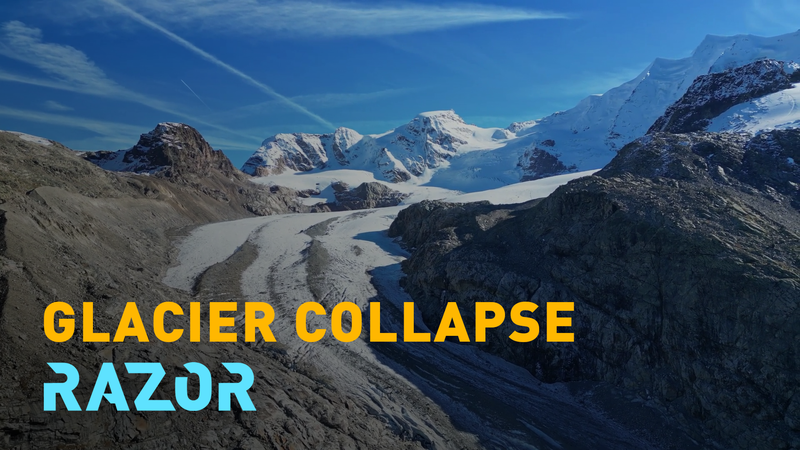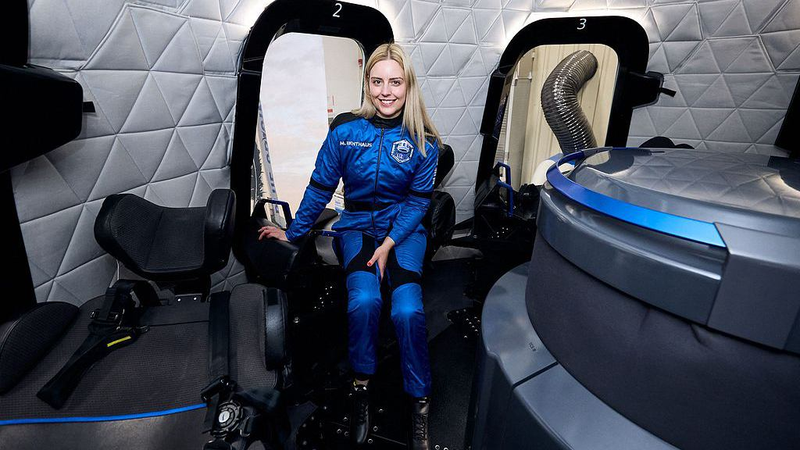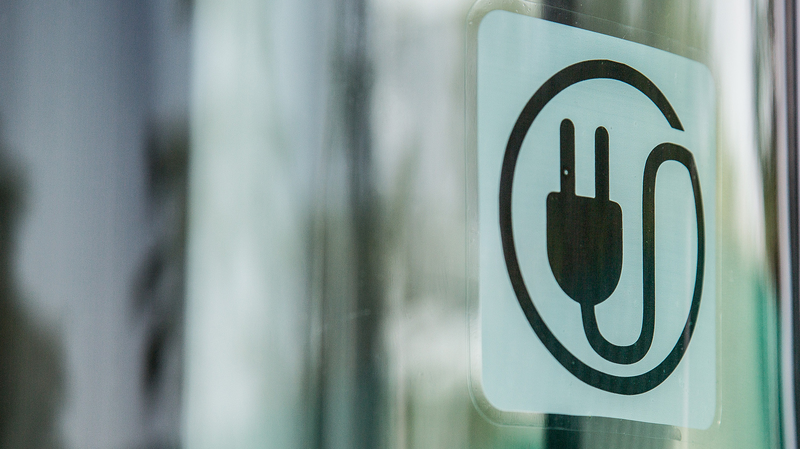The European Space Agency has achieved a cosmic first: two satellites flying in precise formation have created artificial solar eclipses on-demand. Unveiled at the Paris Air Show, this demonstration delivers hours of totality for solar scientists.
Launched late last year on an Indian rocket, the orbiting duo have been simulating eclipses since March, soaring tens of thousands of kilometers above Earth. By aligning just 150 meters apart, one satellite acts like the moon—blocking the sun—while its partner captures stunning images of the corona, the sun's glowing outer atmosphere.
Natural solar eclipses are fleeting and follow narrow paths, but this spaceborne solution offers stable, repeatable totality at the push of a button. Researchers can now study the corona's halo of light in longer stretches, unlocking fresh insights into solar dynamics and space weather.
This milestone highlights Europe's growing precision in space operations and has sparked excitement among tech innovators, entrepreneurs, and aspiring astronomers worldwide. As analysis of the eclipse data begins, the era of on-demand celestial events in orbit is just beginning.
Reference(s):
ESA unveils 1st artificial solar eclipses made by European satellites
cgtn.com




